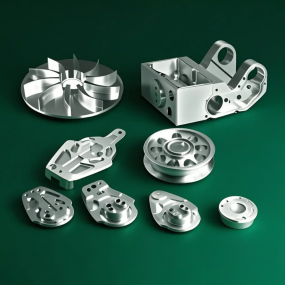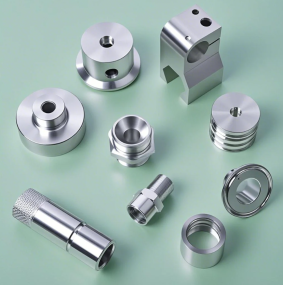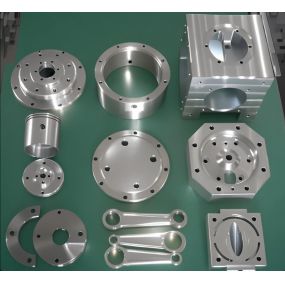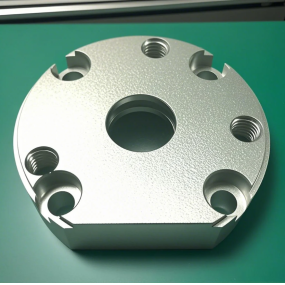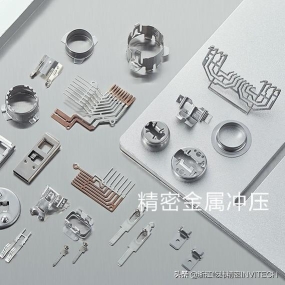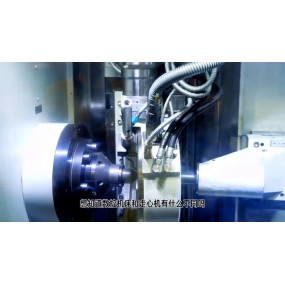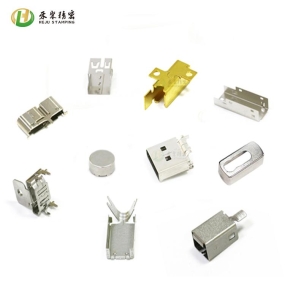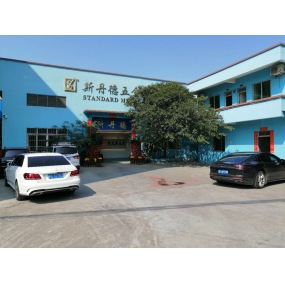Shenyang Sheet Metal Processing basically includes the processing of all metal sheets, which includes many processes and is a collection of metal processing. With the development of society and changes in demand, sheet metal processing has increasingly high requirements for technology and equipment. Once errors occur, it is easy to cause poor processing. Welding deformation is a common mistake in sheet metal processing. How can we prevent this situation? Shenyang sheet metal processing manufacturers are here to tell you:
1. Choose the appropriate welding sequence. For welded structures with a large number of components, the components should be welded and corrected separately before assembly and welding as a whole. This reduces the probability of deformation compared to assembling them as a whole first and then welding. And local areas can be installed and welded at the same time, making the operation relatively convenient.
2. Choose a reasonable welding sequence. To prevent welding deformation, strip welding, back welding, and symmetrical welding should be adopted in the welding sequence.
3. Anti deformation method. It is to give the welded part a deformation direction opposite to that after welding before welding, and after welding, it exactly offsets the deformation of the workpiece before welding.
4. Rigid fixation method. This method is very effective in reducing welding deformation.
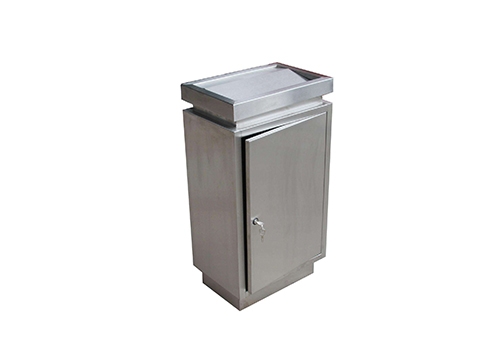
5. Choose appropriate welding methods and standards. The energy density and heat input of heating welds vary among different welding methods. For thin plate welding, selecting welding methods with high energy density, such as using carbon dioxide gas shielded welding and plasma arc welding instead of gas welding and manual arc welding, can reduce welding deformation. When welding aluminum and aluminum alloy structures, gas welding causes much greater deformation than manual argon arc welding.
5. Reasonable selection of gaps and edge wrapping methods. The calculation methods for gaps and some side lengths should be accurately labeled, but it should be noted that different boards have different measurement standards. Do not apply the calculation methods to the calculation of the long sides of different boards.
The content of the article is sourced from the internet. If you have any questions, please contact me to delete it!


 Spanish
Spanish Arabic
Arabic French
French Portuguese
Portuguese Belarusian
Belarusian Japanese
Japanese Russian
Russian Malay
Malay Icelandic
Icelandic Bulgarian
Bulgarian Azerbaijani
Azerbaijani Estonian
Estonian Irish
Irish Polish
Polish Persian
Persian Boolean
Boolean Danish
Danish German
German Filipino
Filipino Finnish
Finnish Korean
Korean Dutch
Dutch Galician
Galician Catalan
Catalan Czech
Czech Croatian
Croatian Latin
Latin Latvian
Latvian Romanian
Romanian Maltese
Maltese Macedonian
Macedonian Norwegian
Norwegian Swedish
Swedish Serbian
Serbian Slovak
Slovak Slovenian
Slovenian Swahili
Swahili Thai
Thai Turkish
Turkish Welsh
Welsh Urdu
Urdu Ukrainian
Ukrainian Greek
Greek Hungarian
Hungarian Italian
Italian Yiddish
Yiddish Indonesian
Indonesian Vietnamese
Vietnamese Haitian Creole
Haitian Creole Spanish Basque
Spanish Basque

